Continuing from Carpacker Kuantan-Cherating-Kemaman – Pre-Travel.
After several months, I can finally start sharing our travel story to Kuantan, Cherating and Kemaman. I’ll begin with the Sungai Lembing Tin Museum. Details about the museum’s history, the mines, and the town of Sungai Lembing will be shared in the next entry for more information compared to this one.
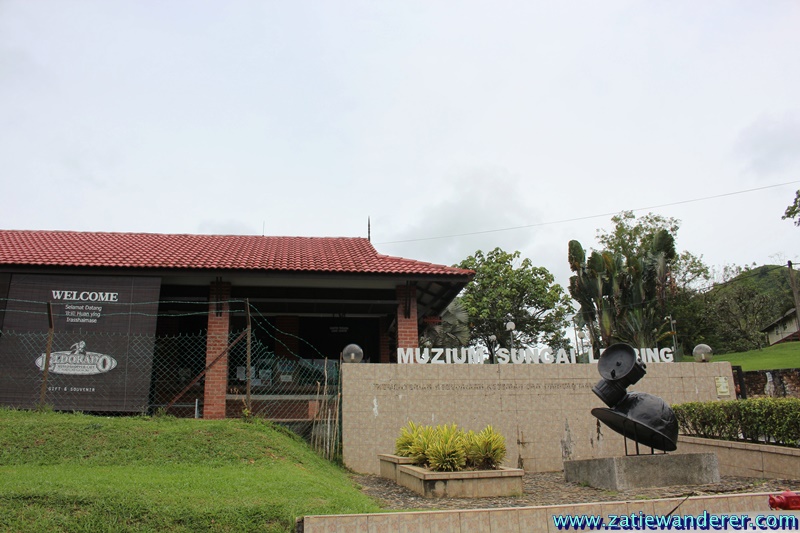
We arrived here at 1:32 pm. The location is not hard to find. If coming from KL, head straight to the museum and exit at the Kuantan / Indera Mahkota toll plaza. Looking at the map, it seems inconvenient as you need to drive east for 31km and after exiting the toll, drive west (the direction we came from earlier) for 30km. It would be great if there were a direct route from the middle of the LPT highway.
When we arrived, finding parking was easy because there were plenty. We parked near the ticket counter.
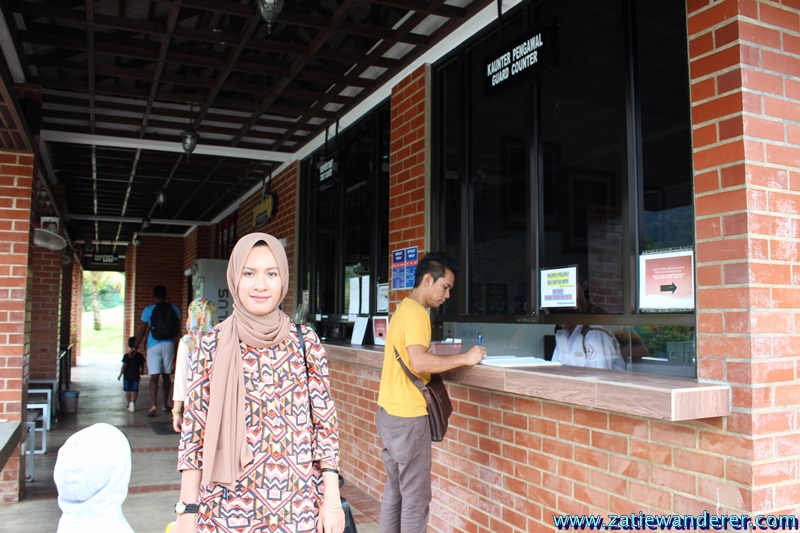
Here are the ticket prices. I praise the prices because they are very affordable and not that expensive. On the left is the entrance ticket.
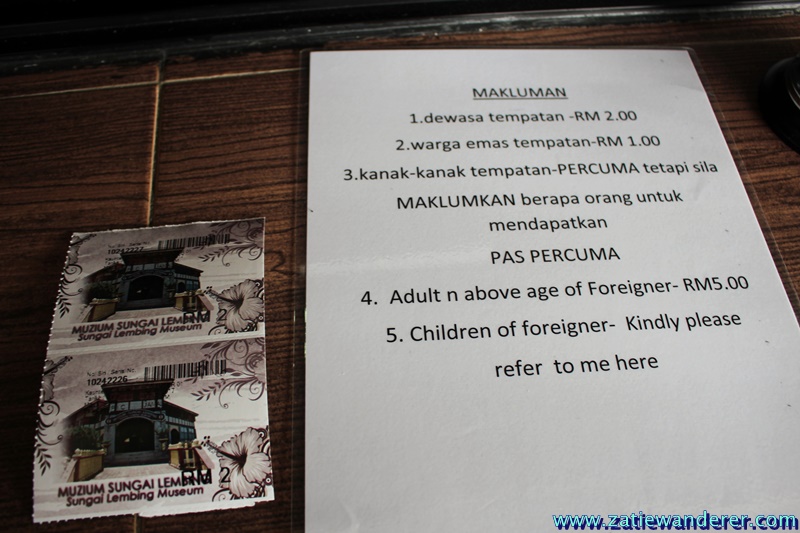
The ticket counter is in a small house in the foothills. So, we had to walk up a small hill to get to the top.
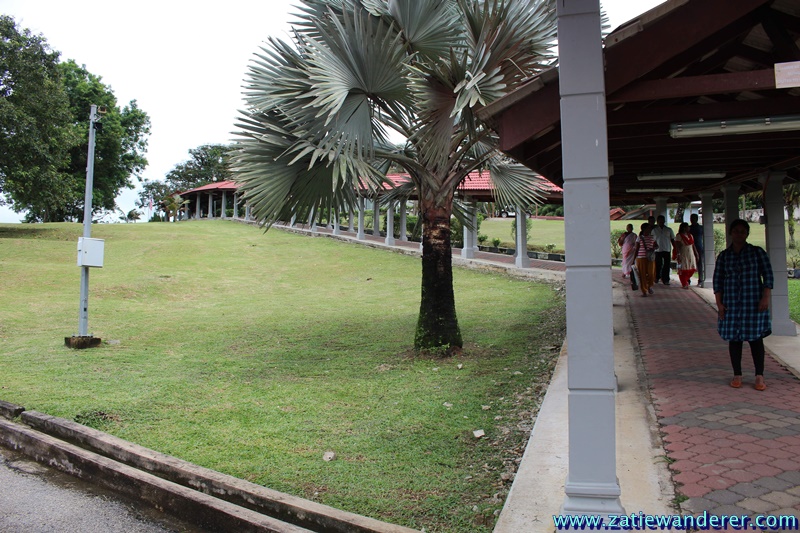
Outside, there is an old car on display that resembles a golf buggy. It was used by the general manager who lived here. For readers’ information, this house was originally the residence of the general manager of the Sungai Lembing tin mine.
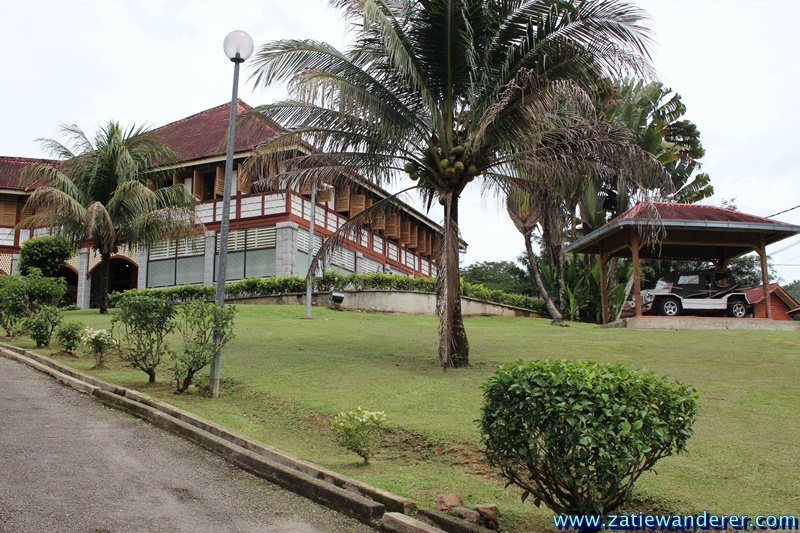
If you come here, don’t forget to take a picture with the old car. We forgot to do that while we were there.
Phew… we slowly walked up…
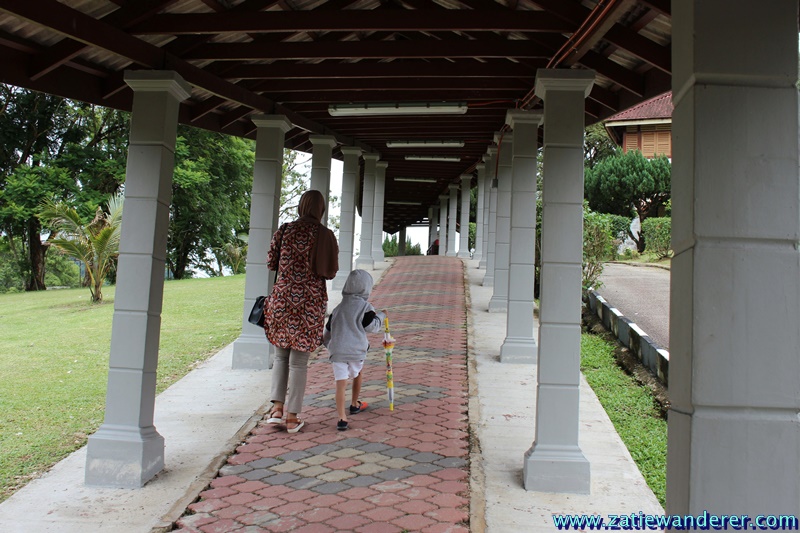
…. while enjoying the hilly surroundings. The daytime must be interesting with fog and a bit of chill flowing from the green valleys here.

This bungalow or mansion is built half with stone and half with wood. The wooden structure is still strong even after almost 100 years. On the left and right sides, there are two spears that give the area its name. In Malay language, spear means lembing. I’m not sure about the significance of the spears to this place… I’ll find out later.
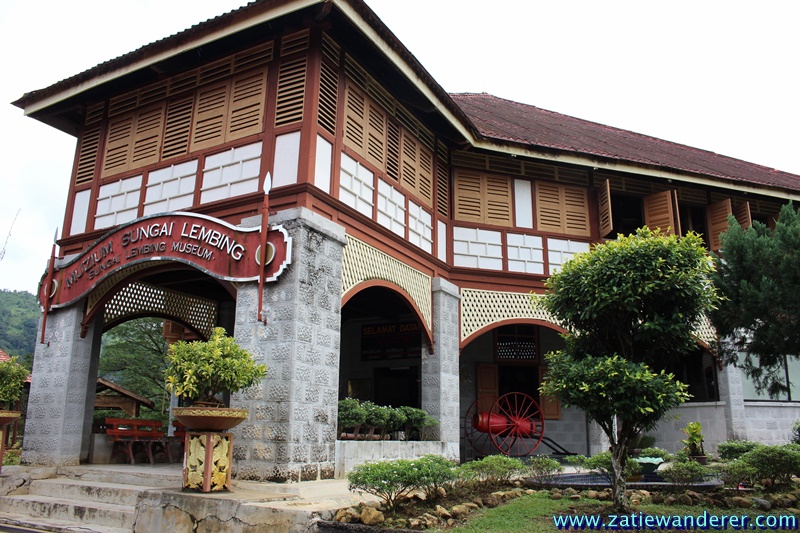
WELCOME!
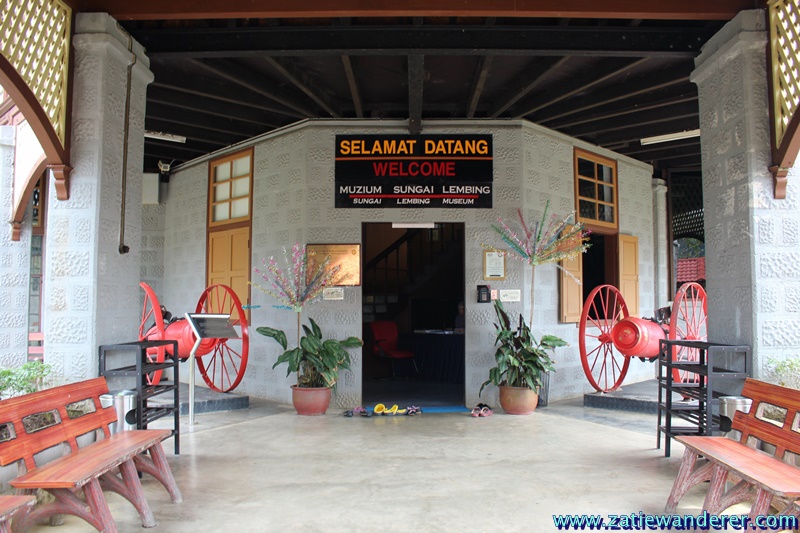
If you want to enter, you need to take off your shoes, except for the outdoor exhibits.
So, we focused on the outside exhibits first.
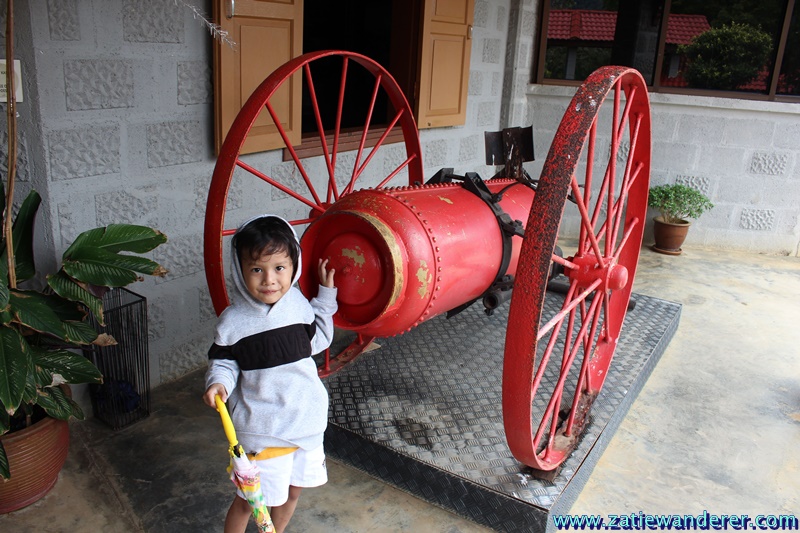
On the right side of the entrance (outdoor) there is nothing. It is advised to head straight to the left. We read the available information first so that when we go inside, we can imagine the big picture of what happened here.
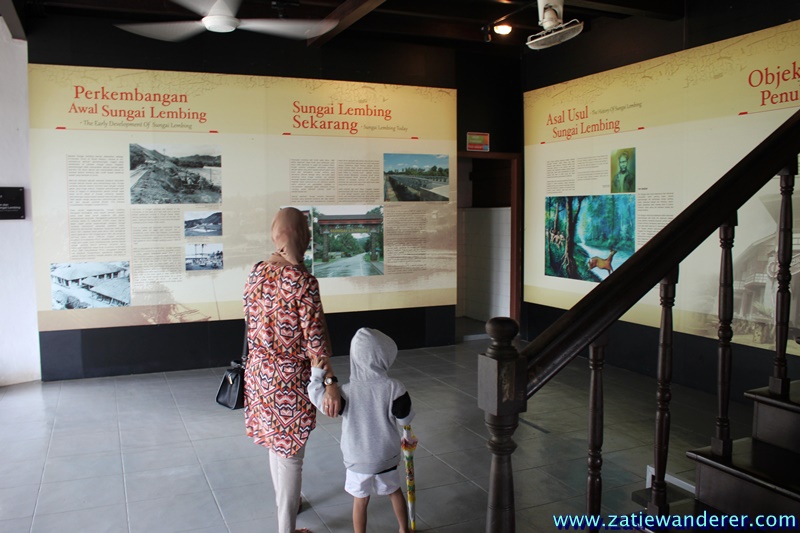
This is a winch, a tool used to pull ore or metal goods. Skilled workers in ‘kiew‘ played an important role in operating this equipment.

This is a map of the entire town of Sungai Lembing. The green area near Aqif is the residence of the general manager, this bungalow, and also the main mining area.
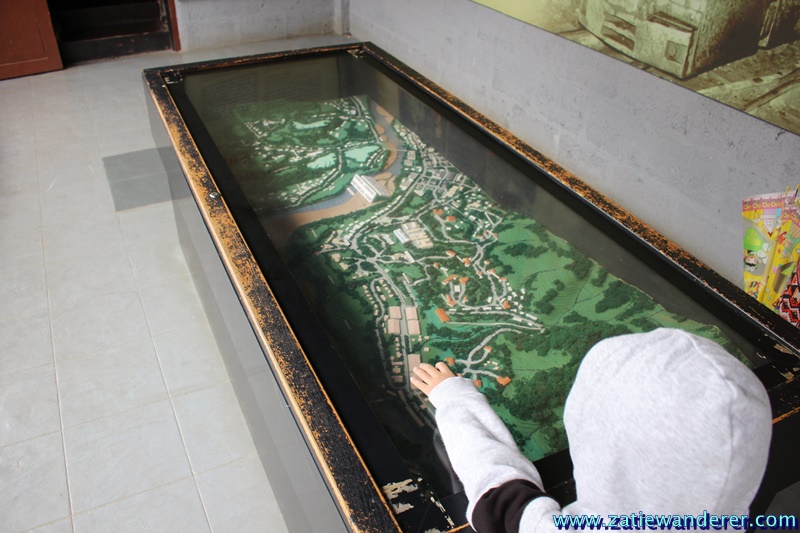
Then, we found an entrance. Inside, it is built to resemble the real condition inside the tin mining tunnel.
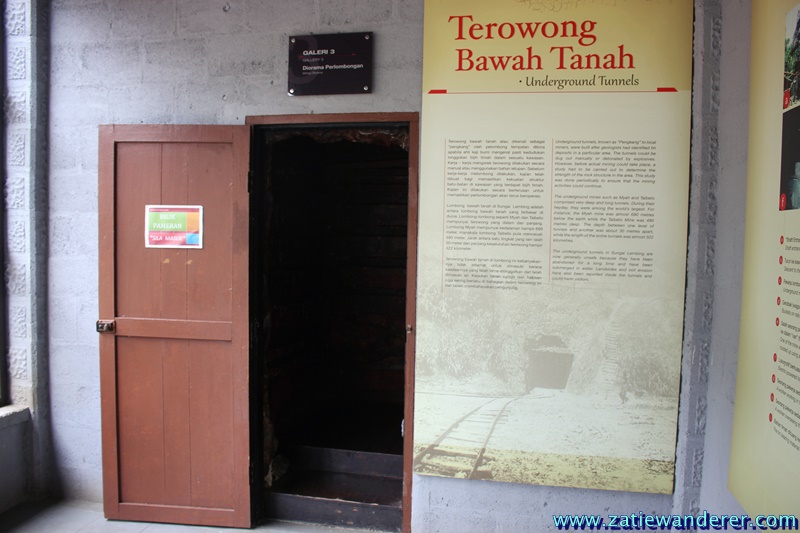
The walls are also built almost the same as the actual space.
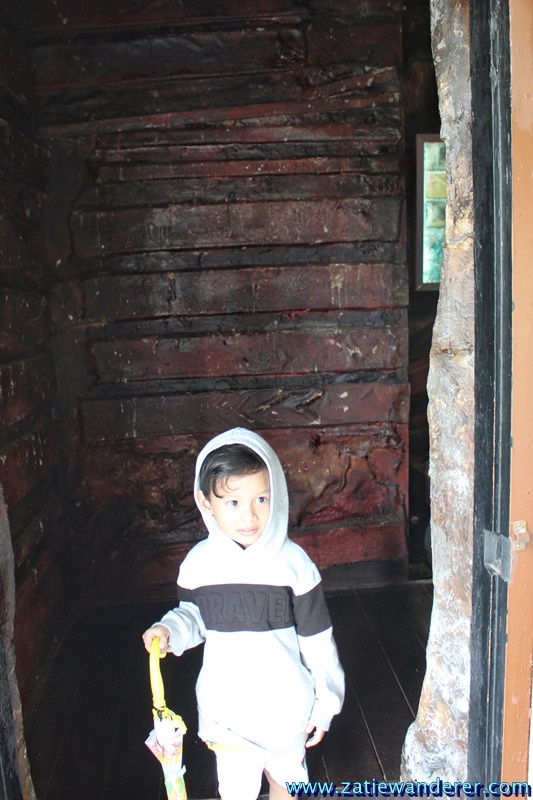
All the equipment here is original, including iron trolleys with train wheels to transport ore, stone crushers, and more.
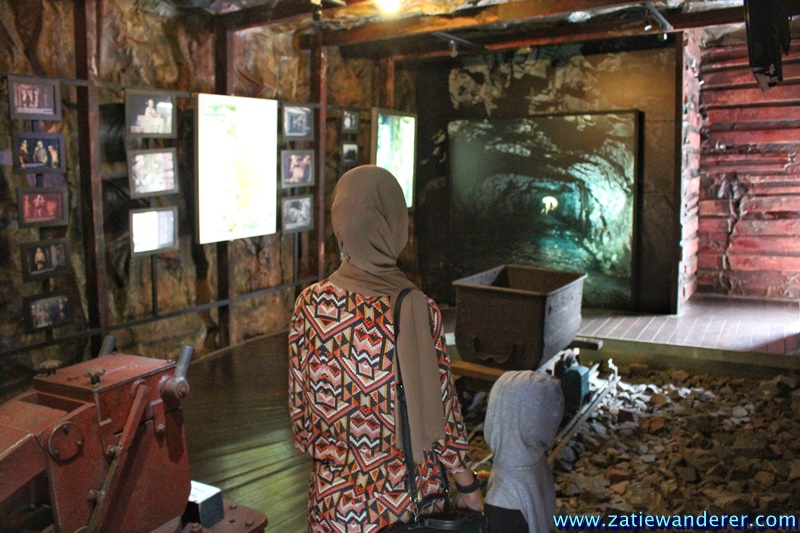
I think the width of this railway track is smaller than the passenger train tracks. Suddenly, I remembered playing the Donkey Kong game in my childhood and similar games (like Super Mario) that had stages requiring riding such mine trolleys. If you fail, you fall off with the trolley, haha.
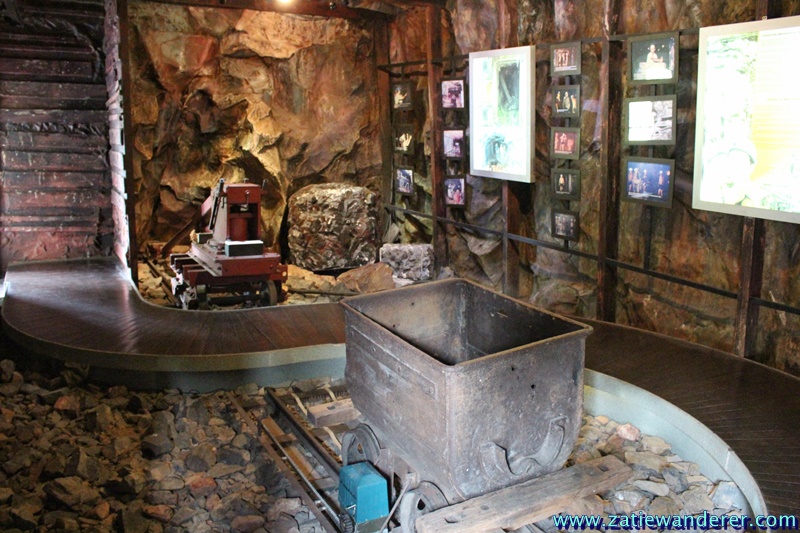
After finishing in the special room, we went out again and explored the back, seeing several machines whose purposes I don’t know and a small bicycle that might belong to the general manager’s child.
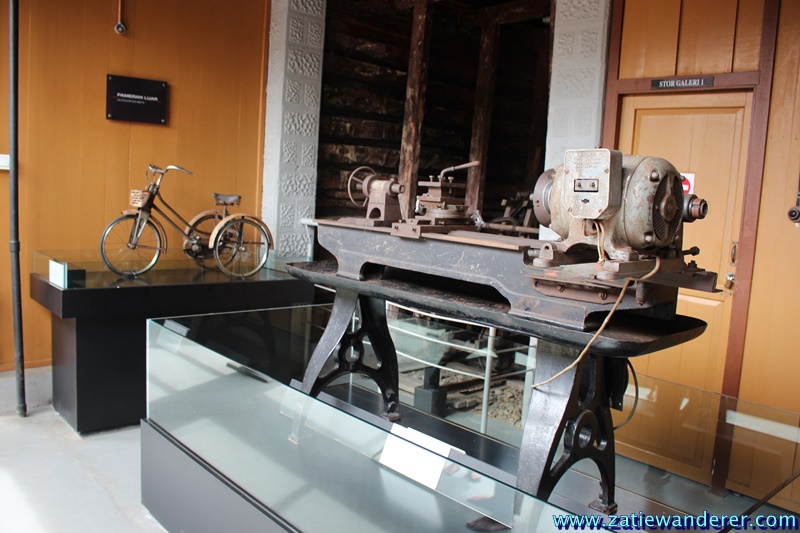
Then, we returned to the main entrance. There was a guard table and several information boards.
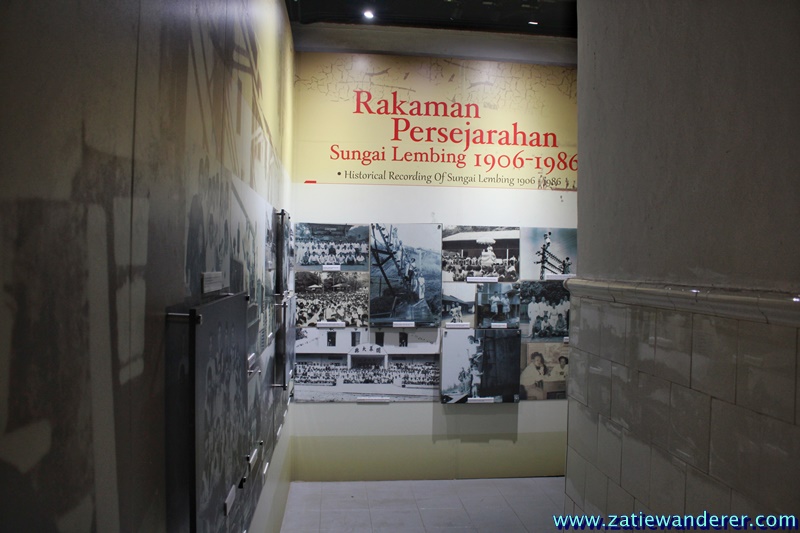
Inside the bungalow, on the ground floor, there was nothing. Visitors need to go straight up to the first floor.

And we were presented with the history of Sungai Lembing mining.

This caught our attention: the ‘Tunnel Path Diorama’. It mimics the image of the tunnel stretching further in as if it ends in infinity. Still can’t see its function?
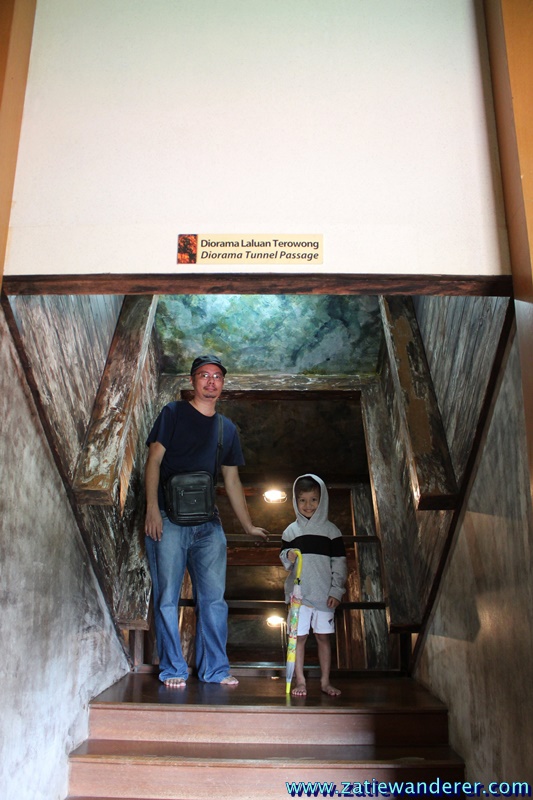
Well… there are two layers of mirrors here. One mirror behind us and another above us. The reflection of both mirrors creates an infinite image. Look behind us. That’s exactly how the walls, ceiling, and wooden dividers look like an upside-down U.
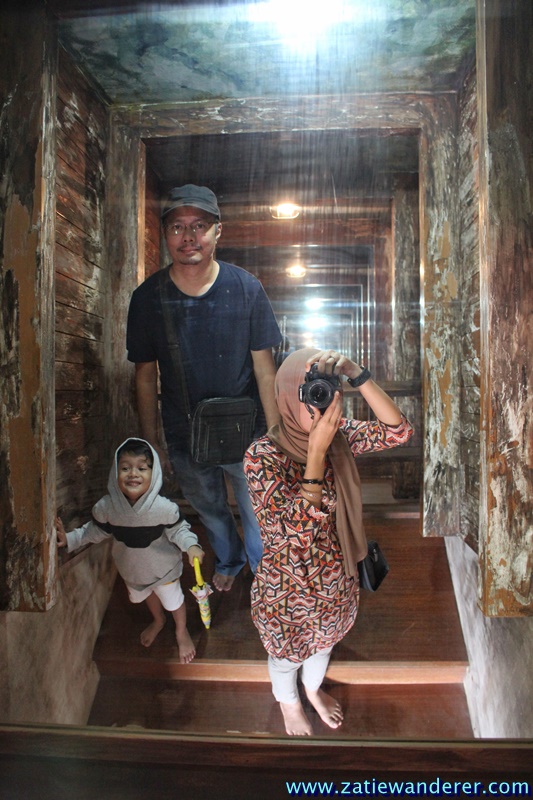
Maybe readers are wondering, why are there wooden planks on the walls and ceiling every 2-3 meters. During mining, newly explored tunnels will have floors, walls, and ceilings built. The completed construction is marked with wood. It also acts as a support for the tunnel roof.
This exhibition method is more interesting because visitors feel closer to the exhibited items or artifacts compared to those placed in glass cabinets.
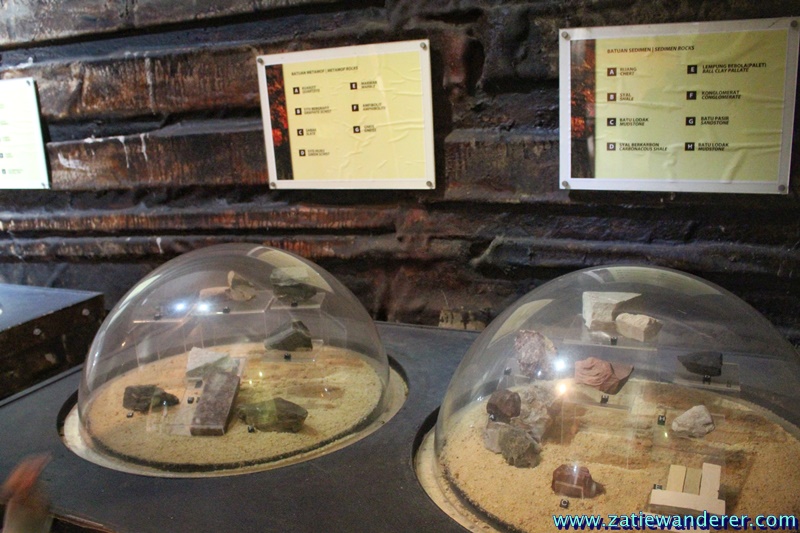
This is the sedimentary rock found when the tunnel was excavated in the past.
Sedimentary rocks are categorized by type of rock and depth.
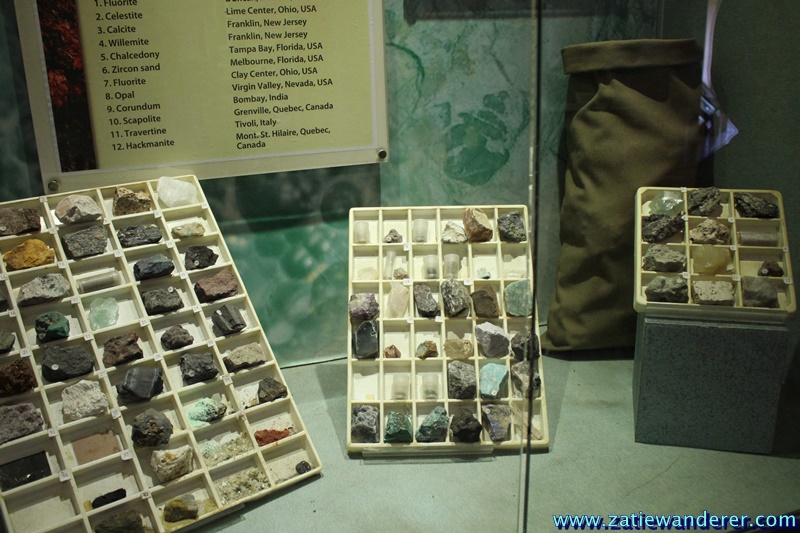
A chart of rock types referring to different depths of the mine tunnel.
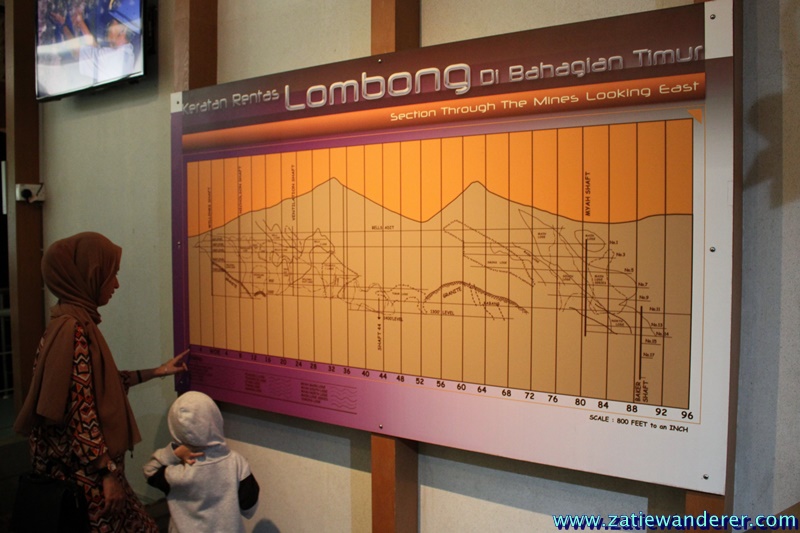
Among all the displayed items here, this is the exhibit that excites me the most. Look closely, what can you see?
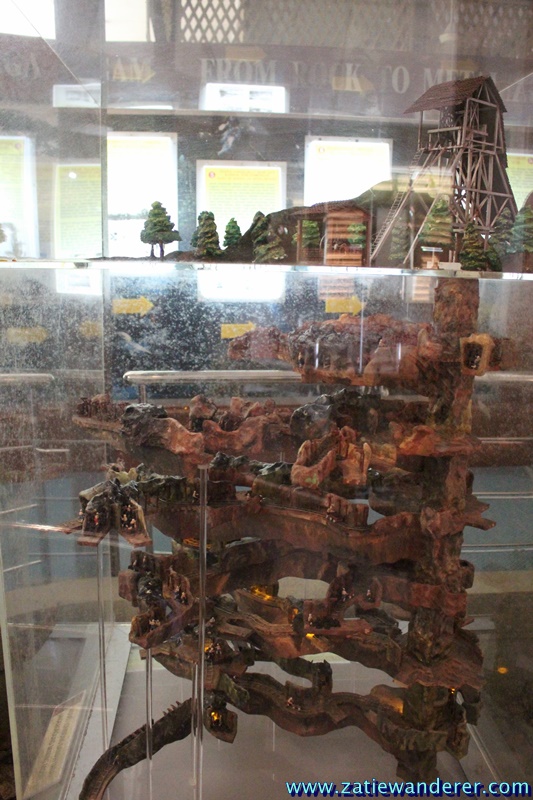
Maybe from a different angle, readers can guess what it is. This is a replica of the Sungai Lembing tin mine tunnel. There is a divider for this replica. One for the upper mine area, and another for the lower mine area.
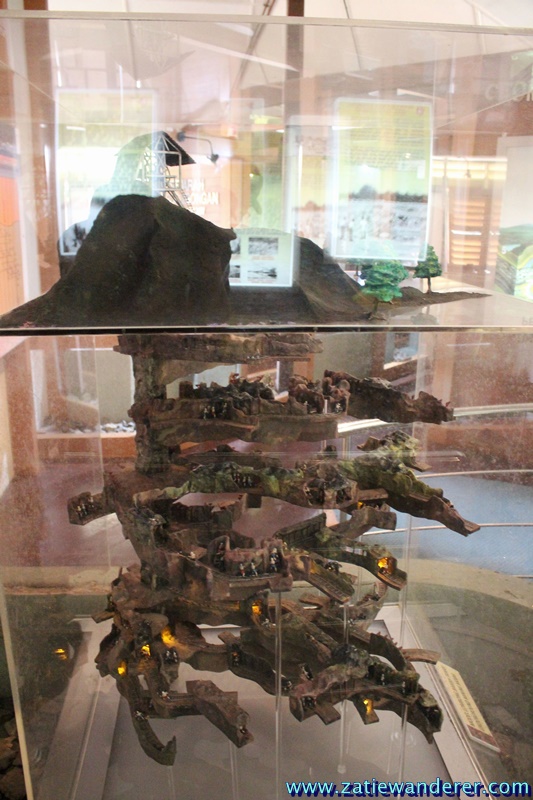
Some mine facts:
- Nicknamed the ‘El Dorado of Asia’.
- The longest and deepest tin mine tunnel in the world (up to 2000 feet)!
- The second-largest tin mine in the world after Bolivia!
- 12 floors underground!
Various information is also provided along the corridor.
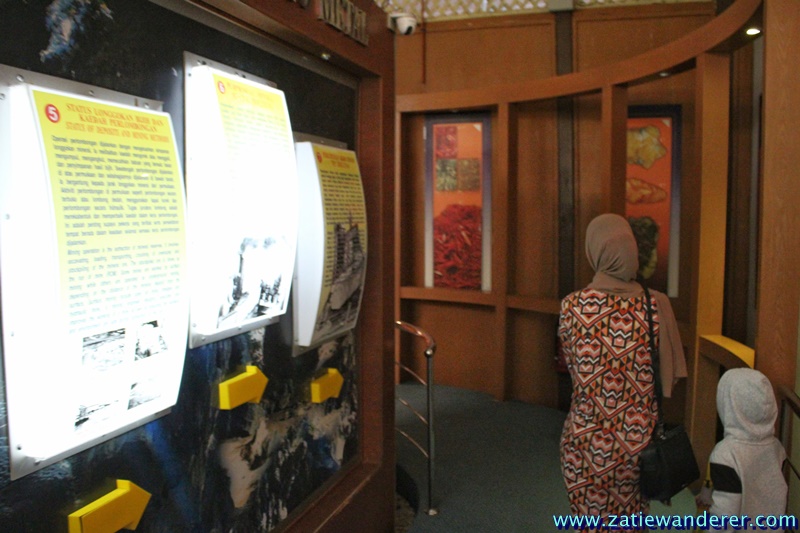
In my opinion, the rocks displayed here are probably valuable, hence placed in a glass-covered hole, and tourists are kept at a distance. It consists of stones like Amethyst and others.
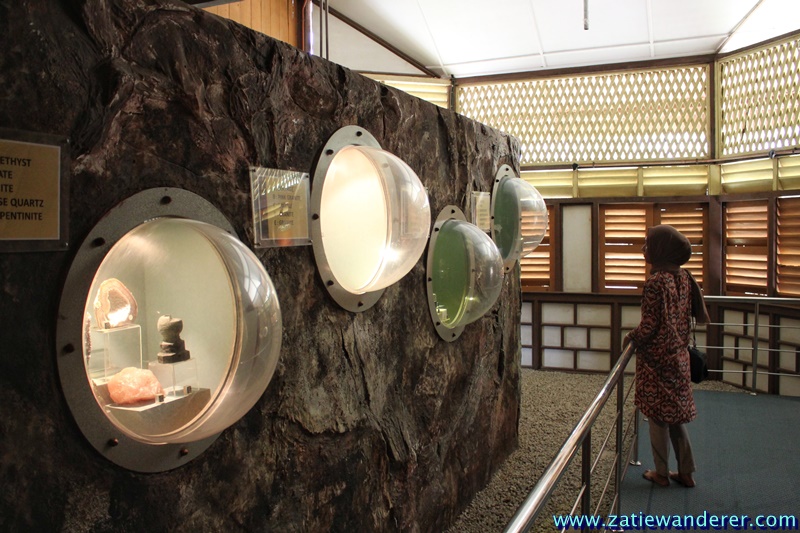
This is a daily logbook. Do you see the cylindrical stones? These are most likely sand, silt, or soft rock extracted using suction and drills. Usually, it forms a hole in the tunnel wall where bombs like TnT are inserted and explode. Or it could be soil samples to determine the elements before deeper excavation.
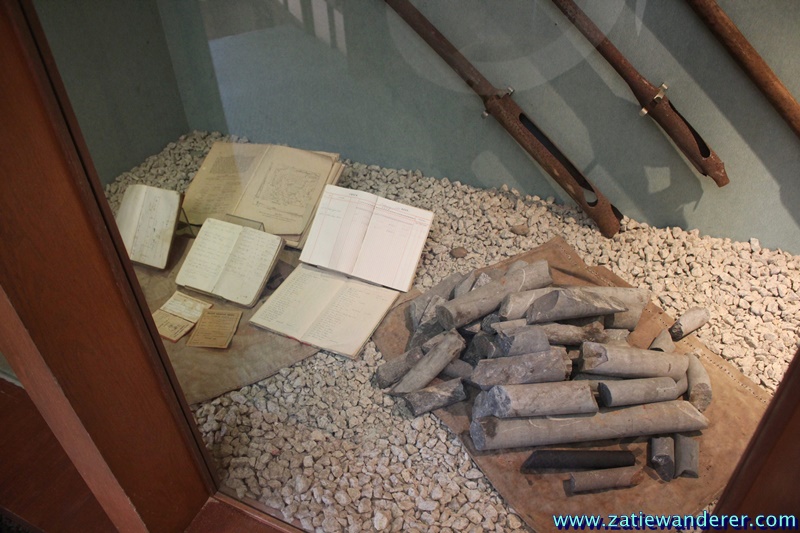
This is a replica of the tunnel route referring to the real shape, not a mirror diorama. We entered the left corridor.
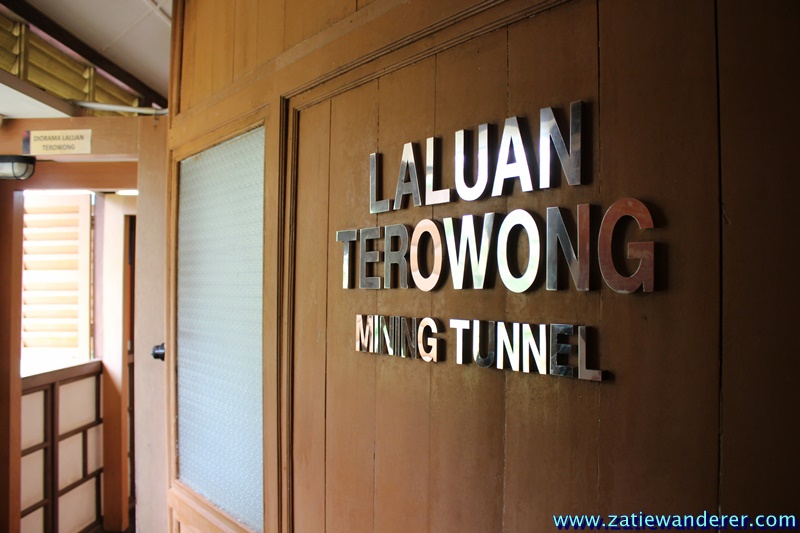
The wooden beams here also form a tunnel-like condition.
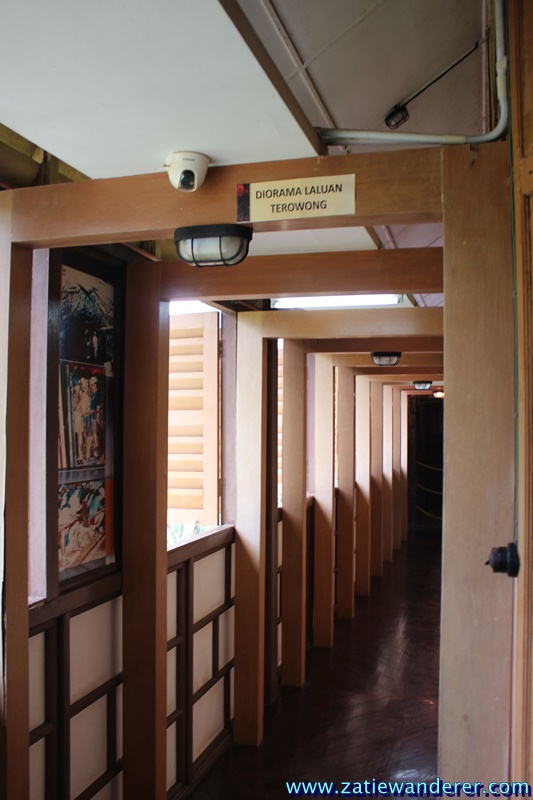
Okay… this is a replica of the real tunnel condition built at a short distance. This is as far as we could go. I think the wood attached to the tunnel walls is real wood, and so are the tracks.
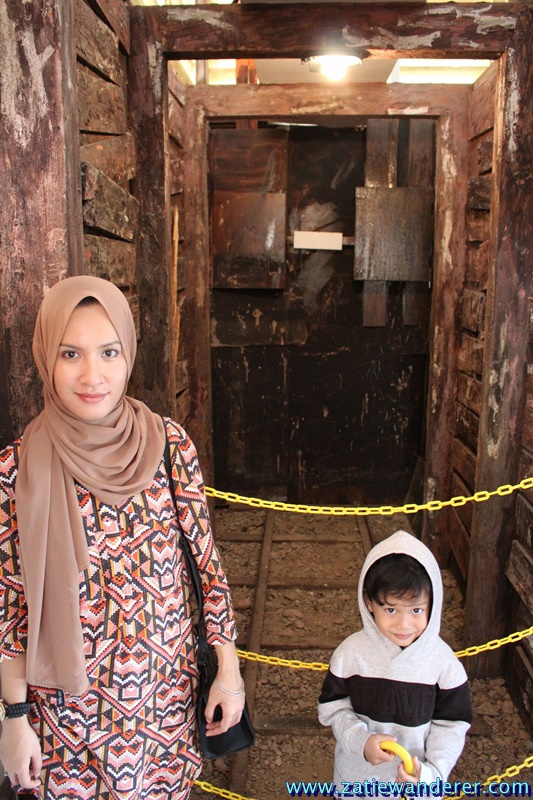
Now we headed to the general manager’s bedroom. There is a wardrobe and old decorations in the lobby area in front of the manager’s room.
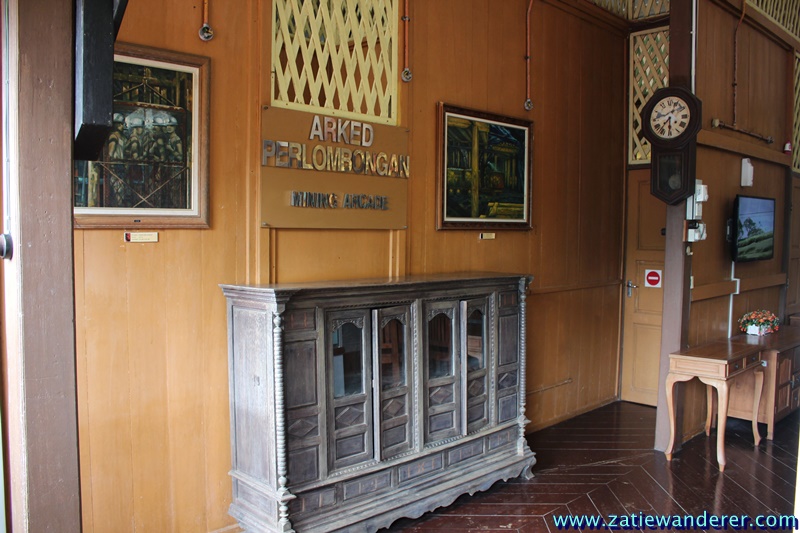
This type of electrical switch is very nostalgic for me because I once lived in government quarters in Penang from 1980 to 1988. The quarters were built by the British according to modern specifications at the time. And for readers’ information, switches and electrical wires like this are often the cause of old houses catching fire suddenly because they are too old and need replacement.
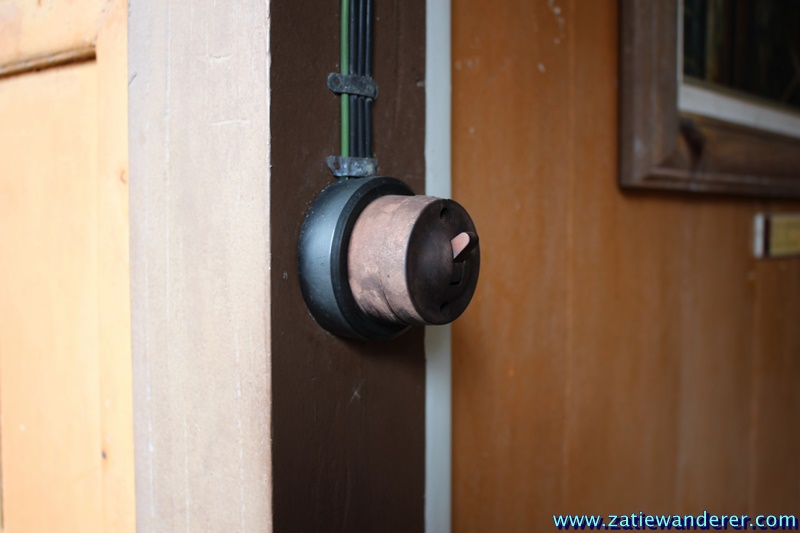
This is the organizational chart and history of the general managers who once lived here and managed the Sungai Lembing tin mine. Starting with William Fraser in 1887. This mine was still operational until 2005. Meaning, this place including the mining area is almost 132 years old if calculated from 2019.
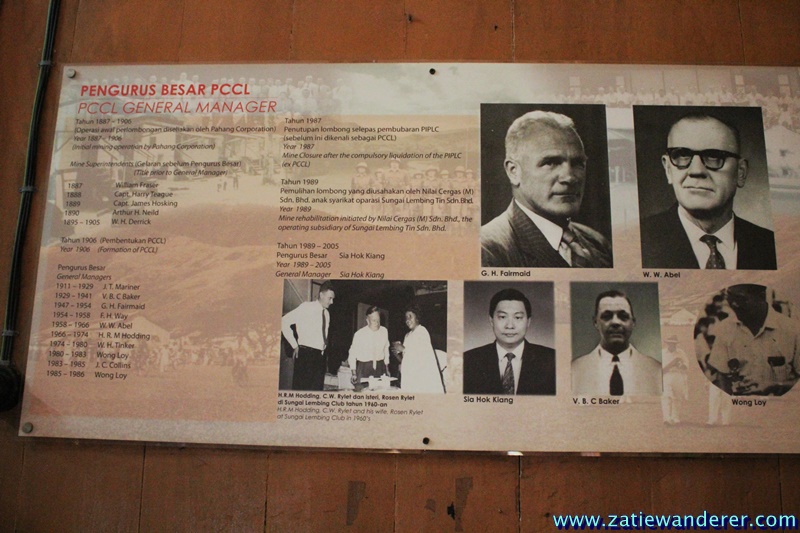
This is what the general manager’s bedroom looks like. It’s ‘open-air’ without any middle wall. I have a similar old radio to the one on the table at home. If any reader is interested in buying it, you can make an offer.
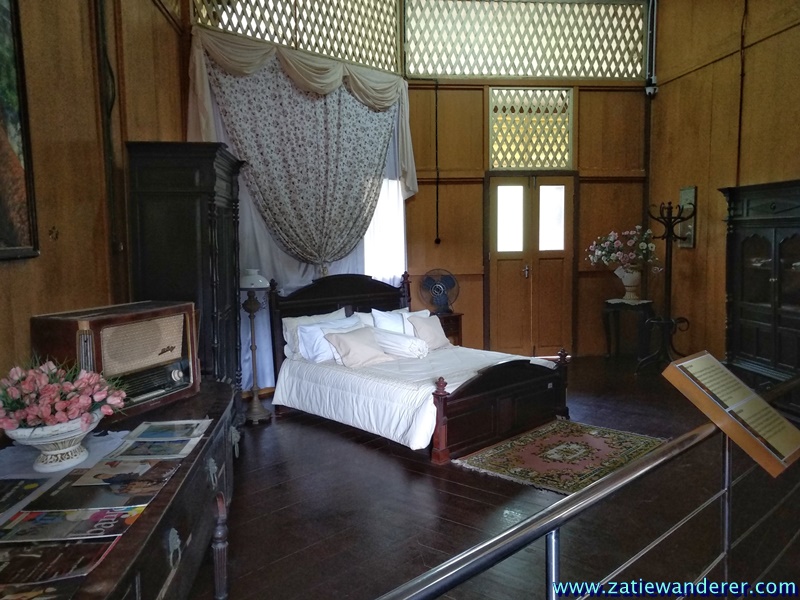
The toilet they use is connected to the bedroom.
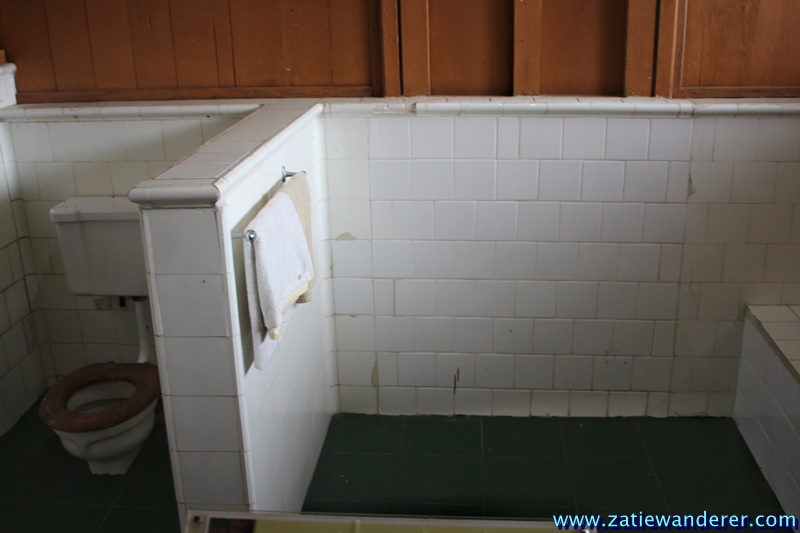
This is the typing room, an old term for the typist and clerk’s room. The accountant also worked here as there is an old calculator (cashier) machine. The general manager’s bungalow also functions as the office for mining operations.
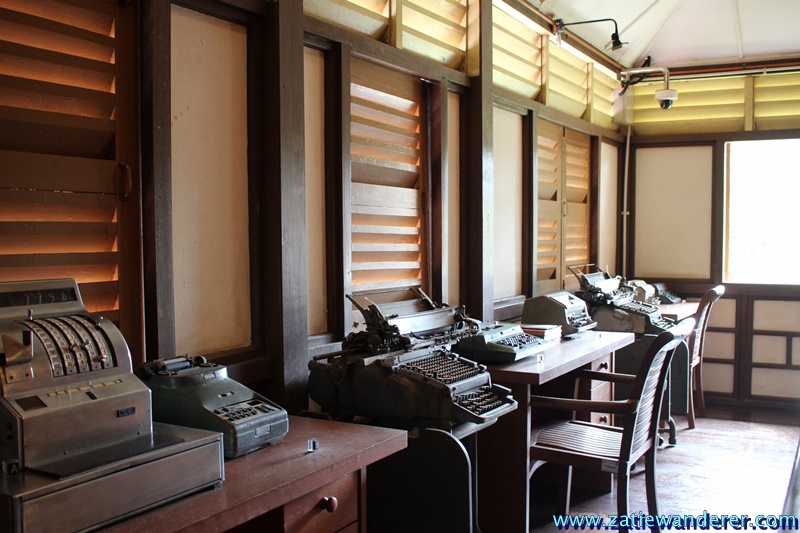
Here, many key tools used by each miner, either in small groups or individually, are displayed. From the baskets carried to measuring tools.
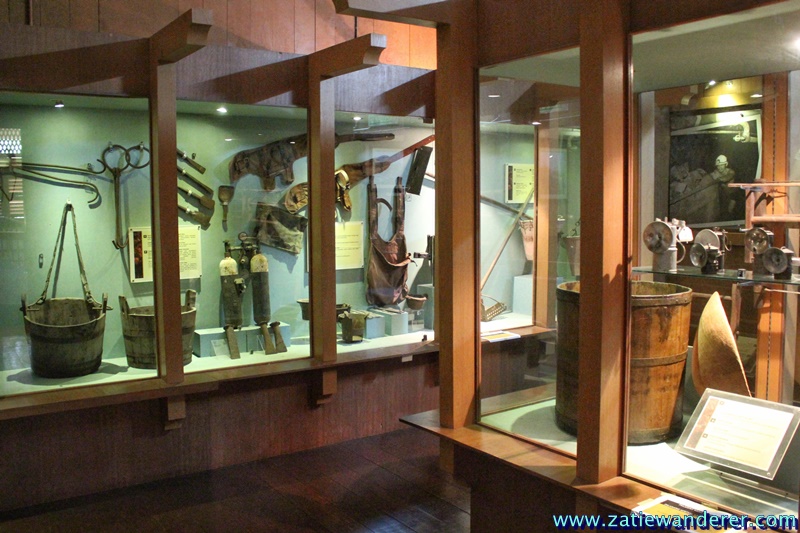
One of my favorite corridor pictures because at the far end, you can see the view of the hills.
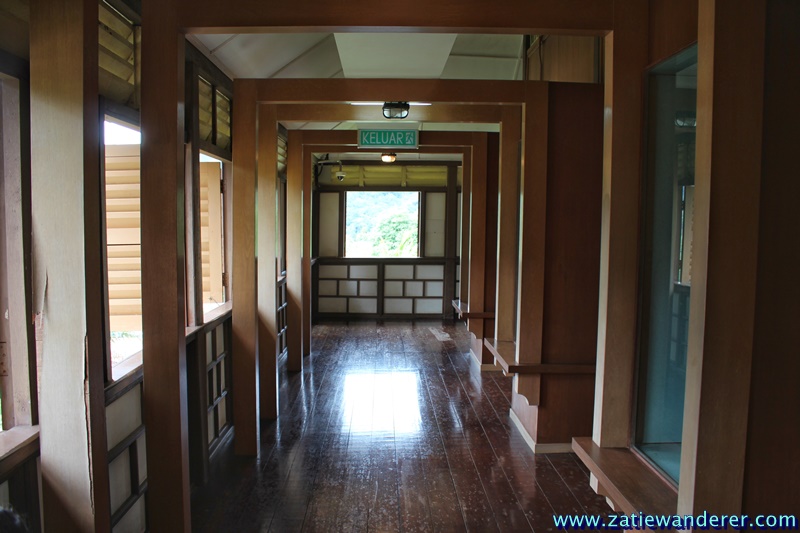
Well… Madam Tatie has opened the window for all the esteemed readers.
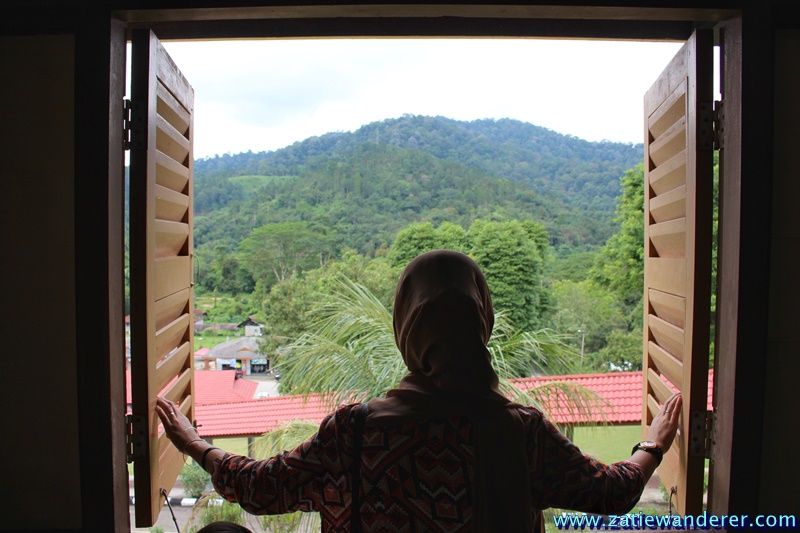
Did you know, that every hole drilled to form a tunnel, the resulting rock contains tin ore? So, every time the front tunnel wall is broken, the soil and rocks are also removed to check their contents. The same practice applies to diamond mining tunnels. It’s not about digging to build the tunnel path and then mining, but the opposite.
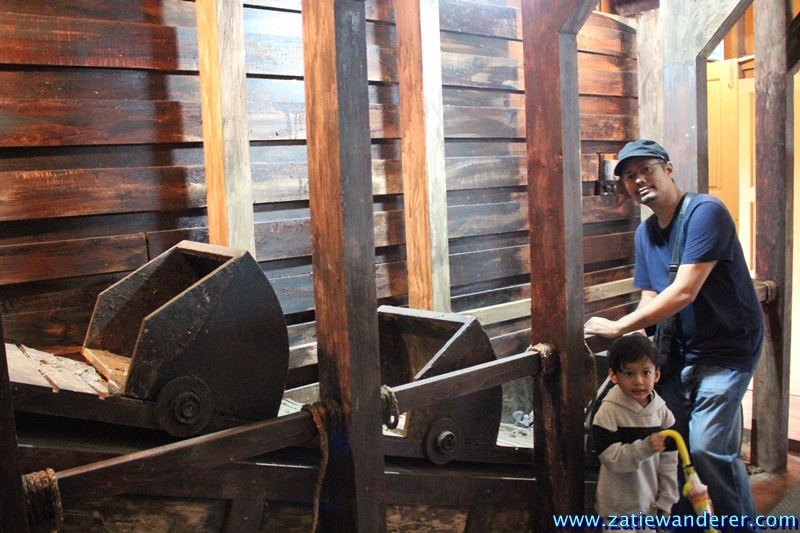
Mining tools up close. This concludes the tour inside the Sungai Lembing Tin Museum.

So we went back down. Suddenly felt like going to the toilet, so I headed to the back of the general manager’s bungalow and saw several offices, maybe the Tourism Department office, and on the right, there was a toilet.
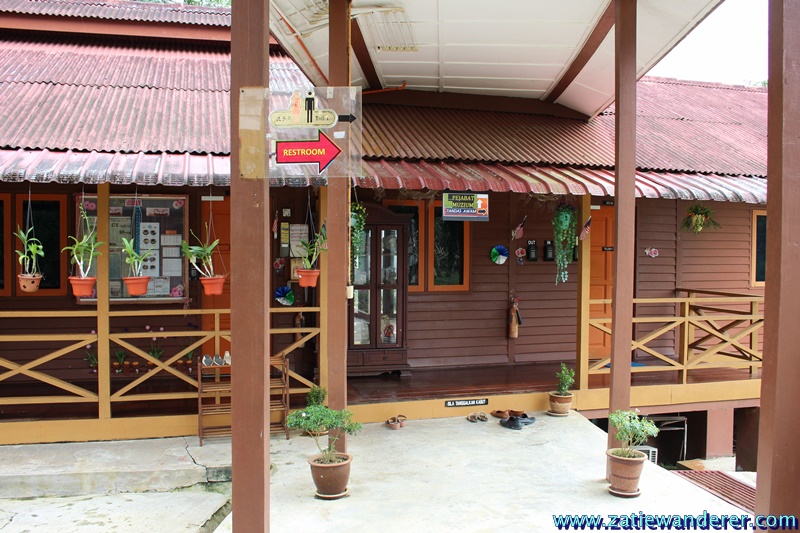
While waiting for Tatie to take Aqif to the toilet, I observed the outside of the museum and saw many unique trees. Since it was the monsoon season in December, we couldn’t stay long and went straight to the tin mine. Moreover, it was already 2:15 am, and I was worried the mine would close. Overall, I was satisfied with this museum because the ticket price of MYR2 for adults is very worthwhile and there are many unique things compared to other museums in Peninsular Malaysia.
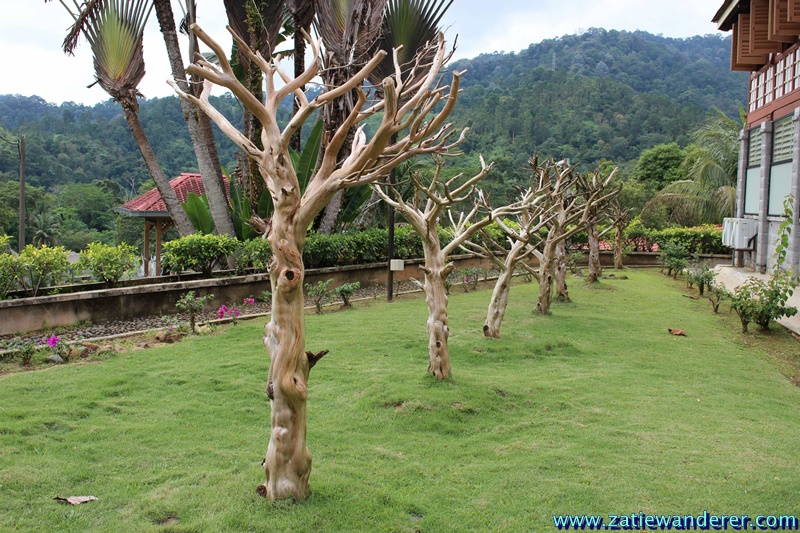
To be continued… Let’s enter the Tin Mine. Beware, those with Claustrophobia (fear of confined spaces) are not advised to enter. It might cause a panic attack and sudden shortness of breath.

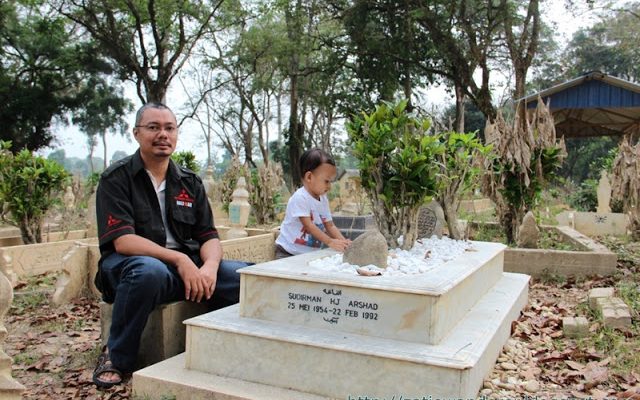
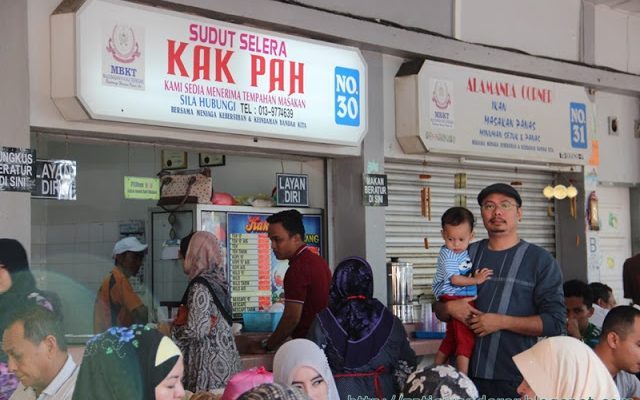
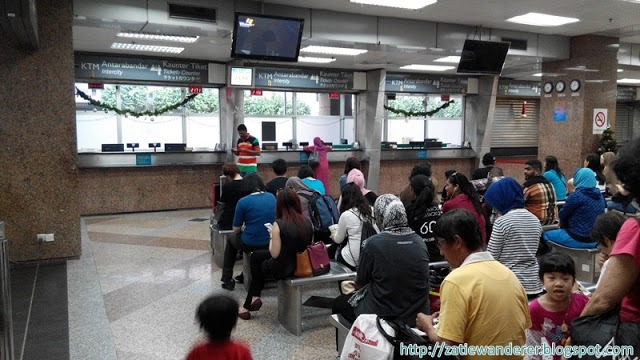
Leave a Reply